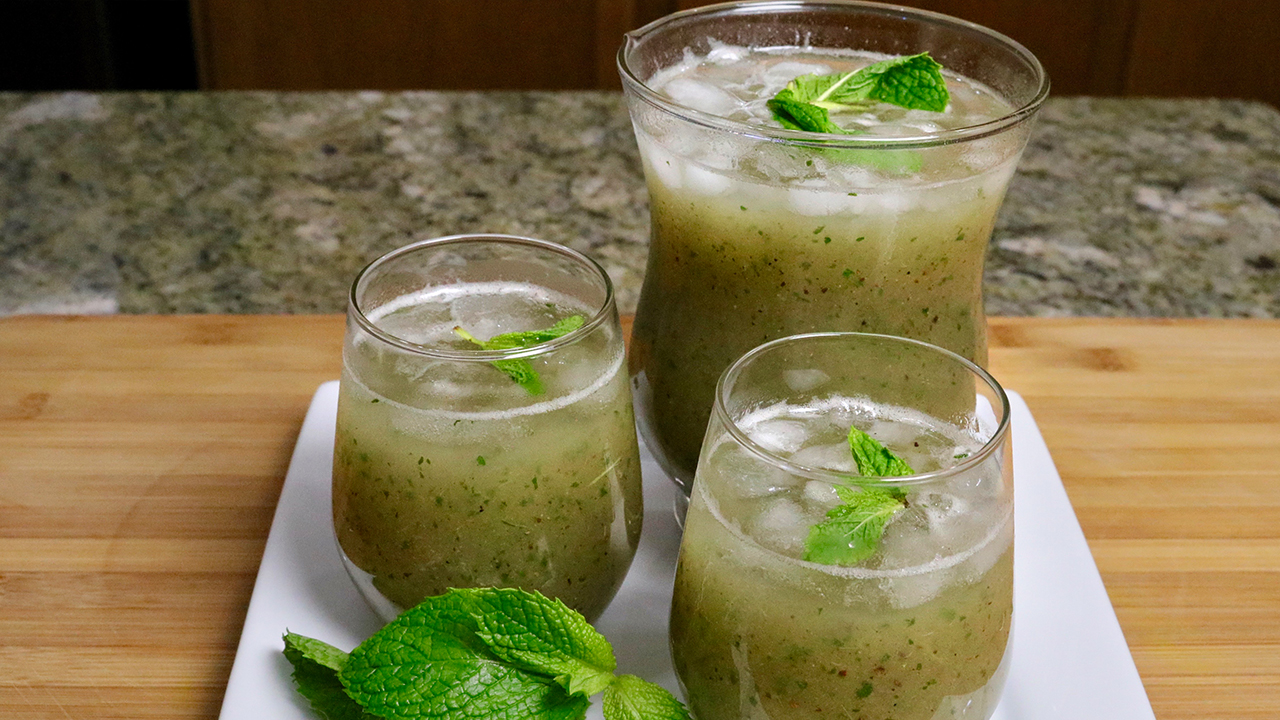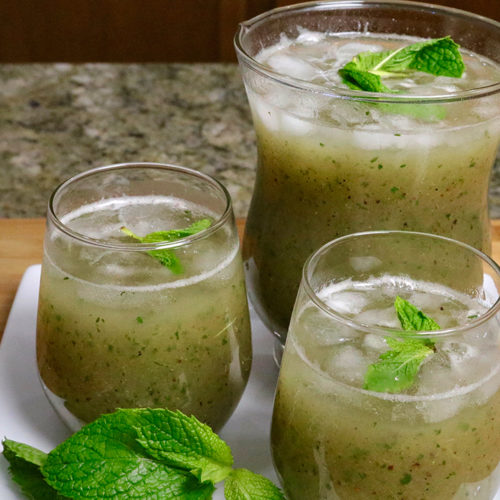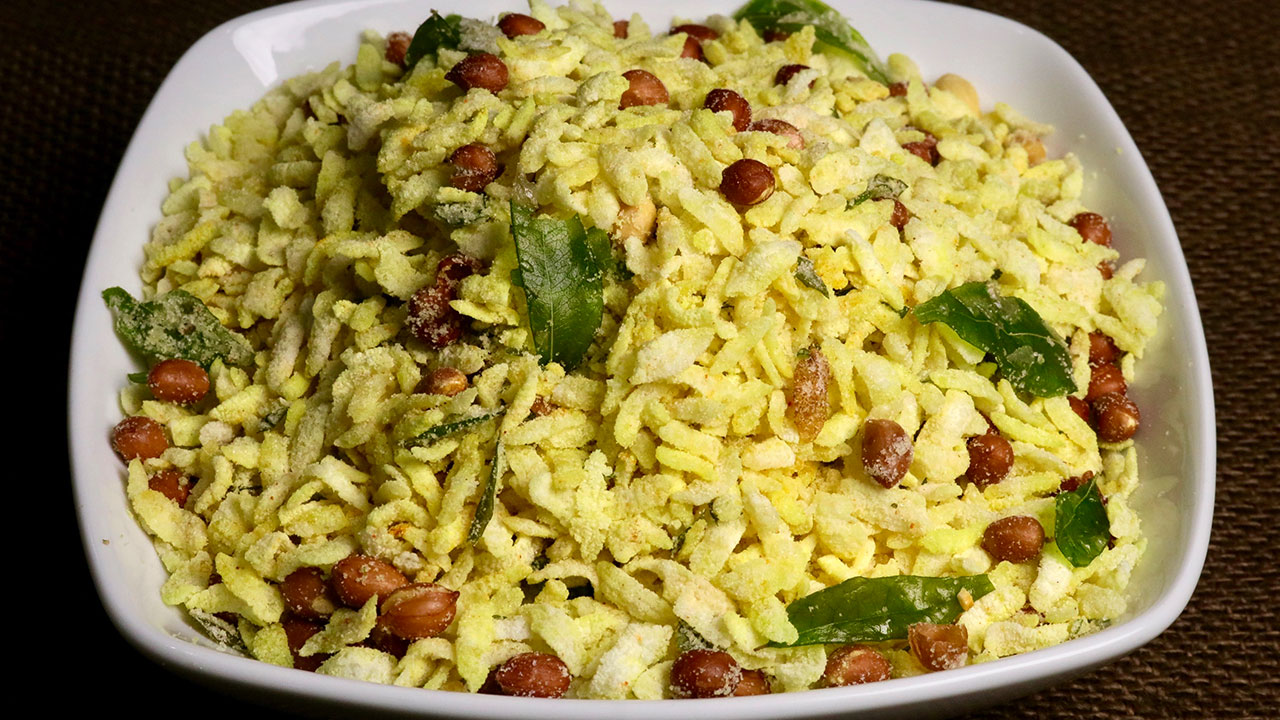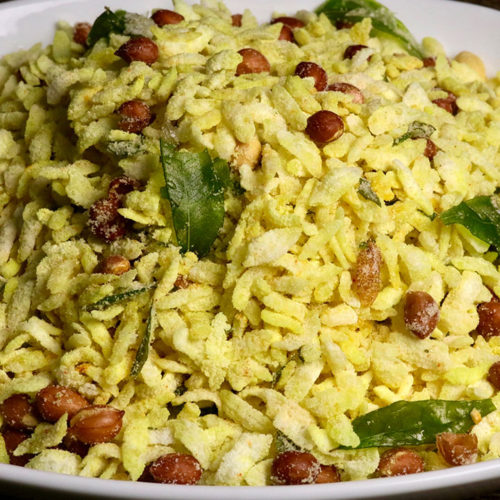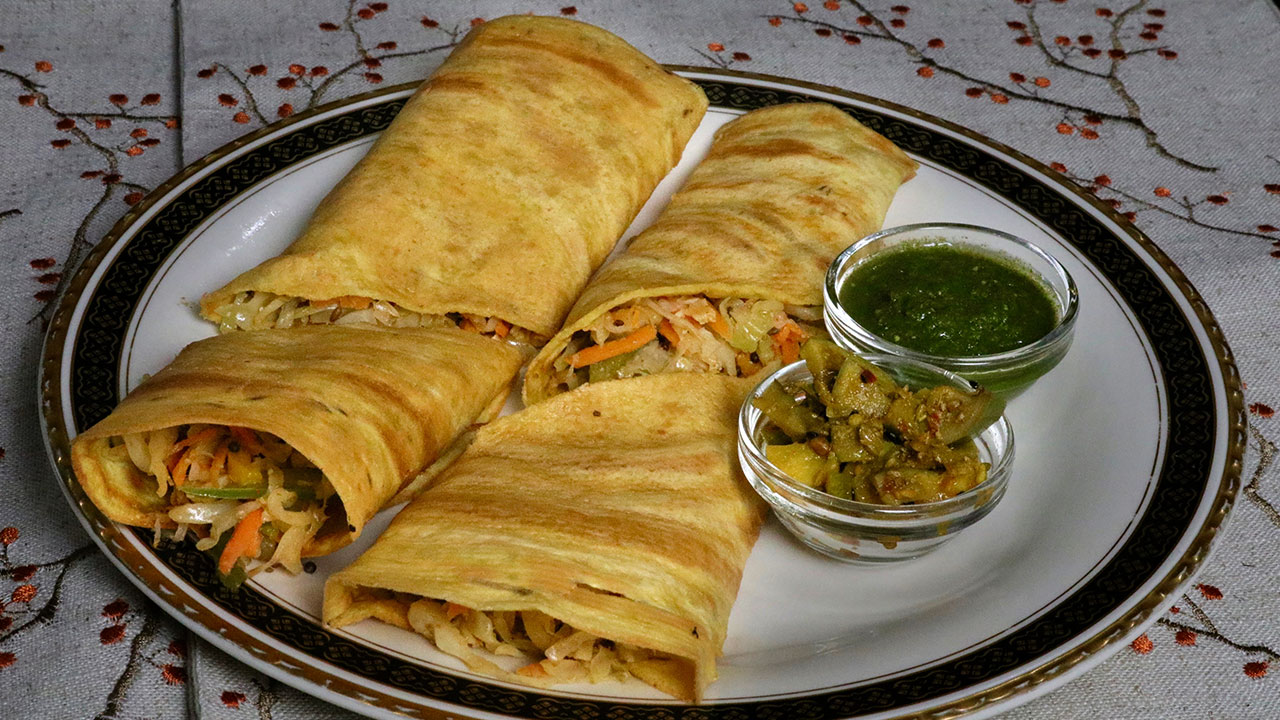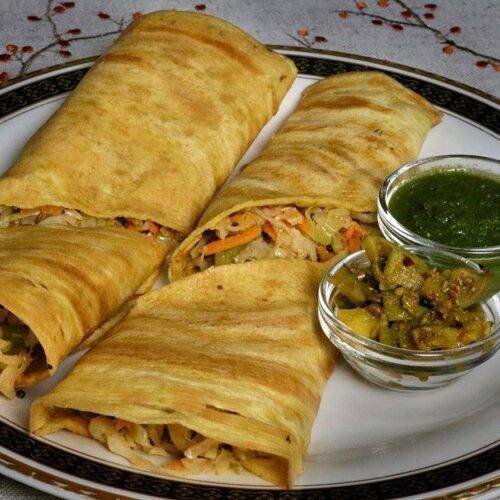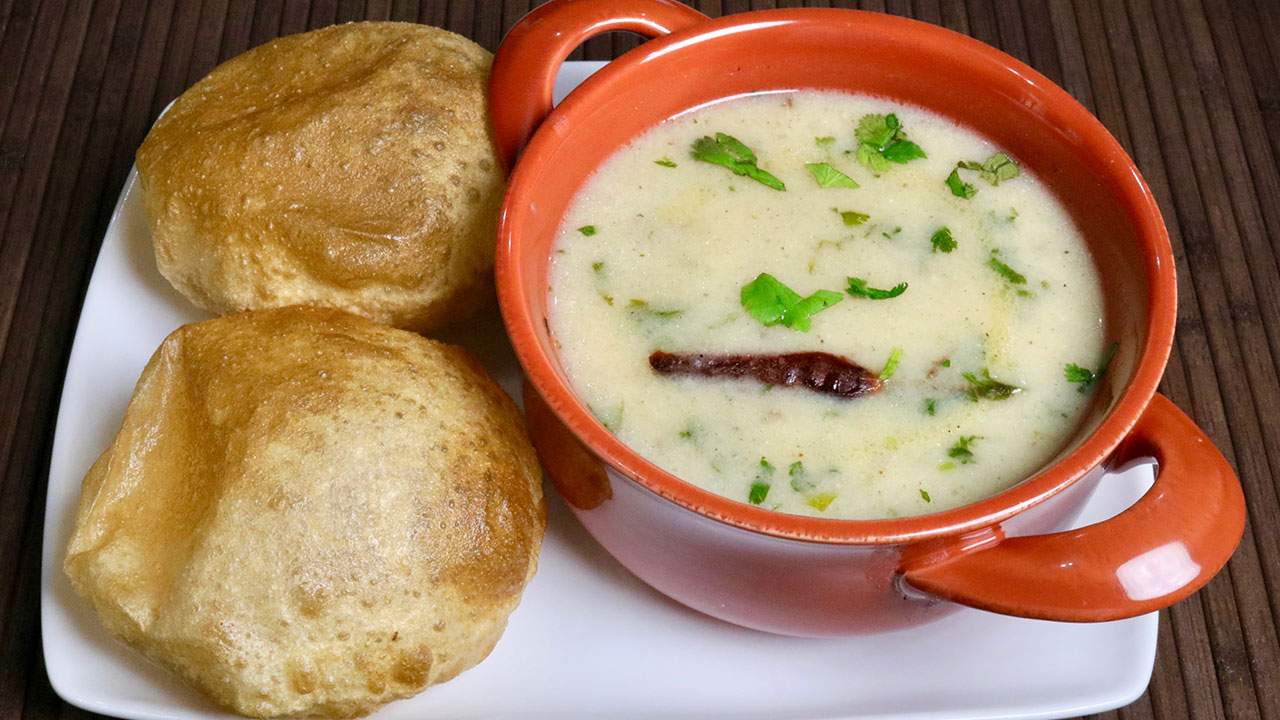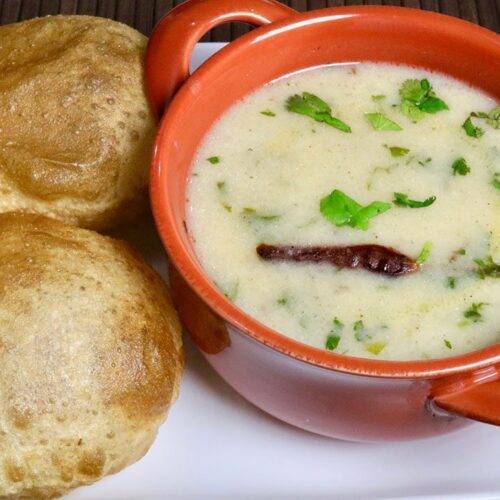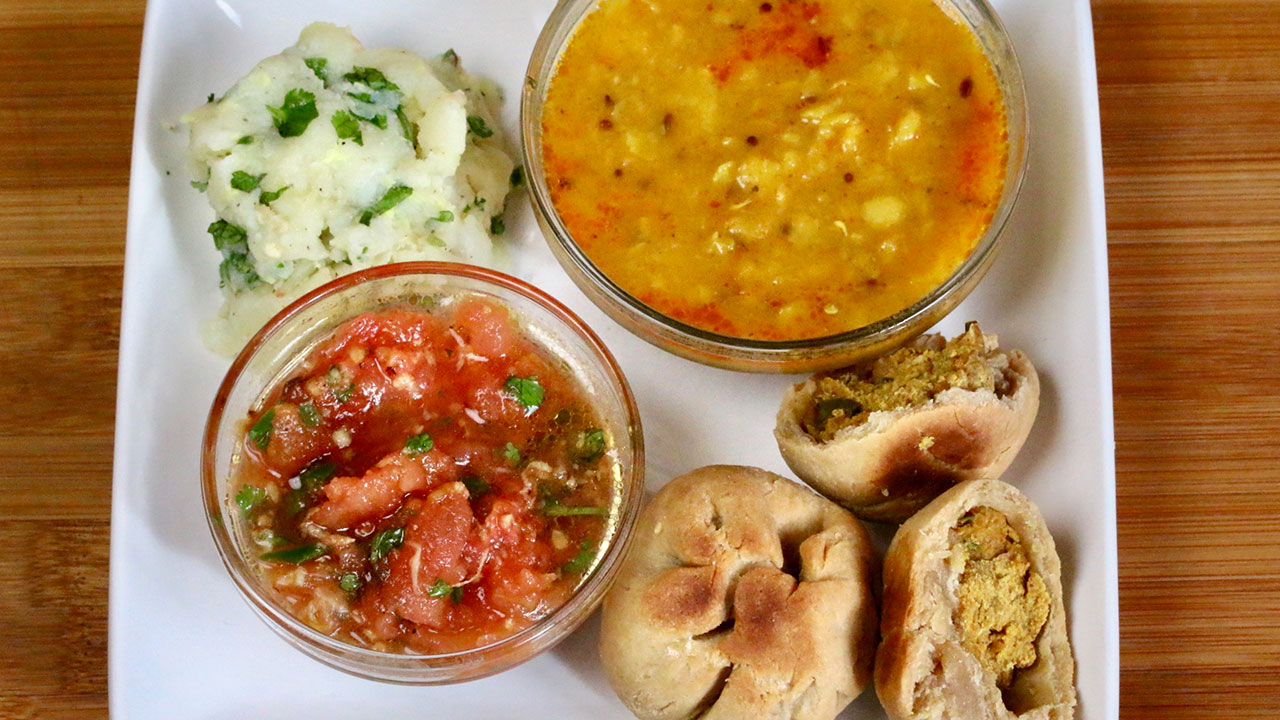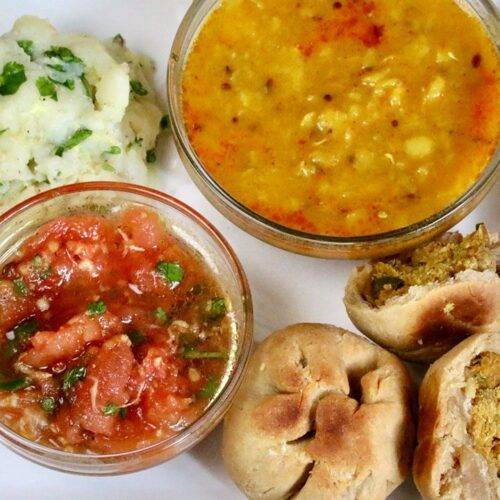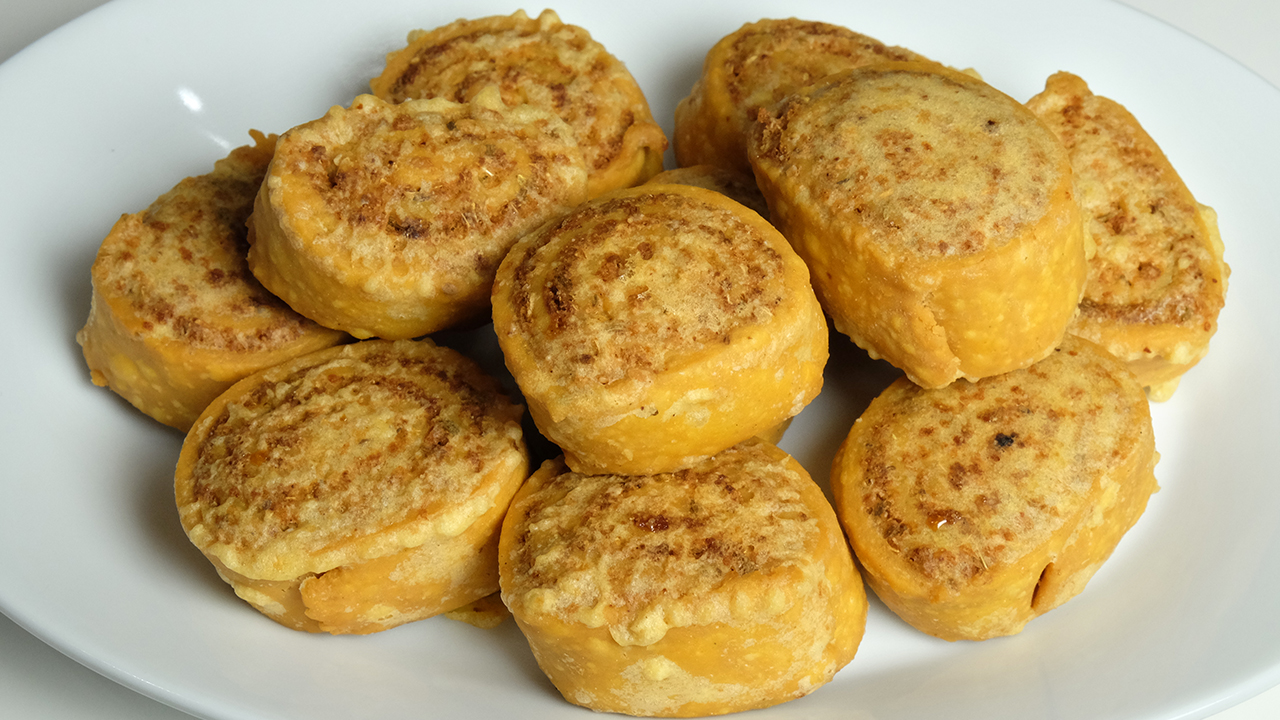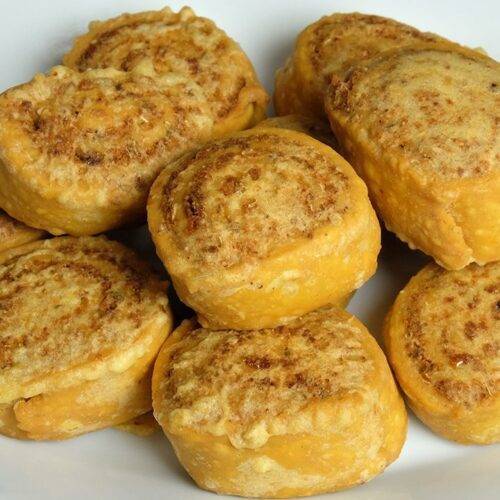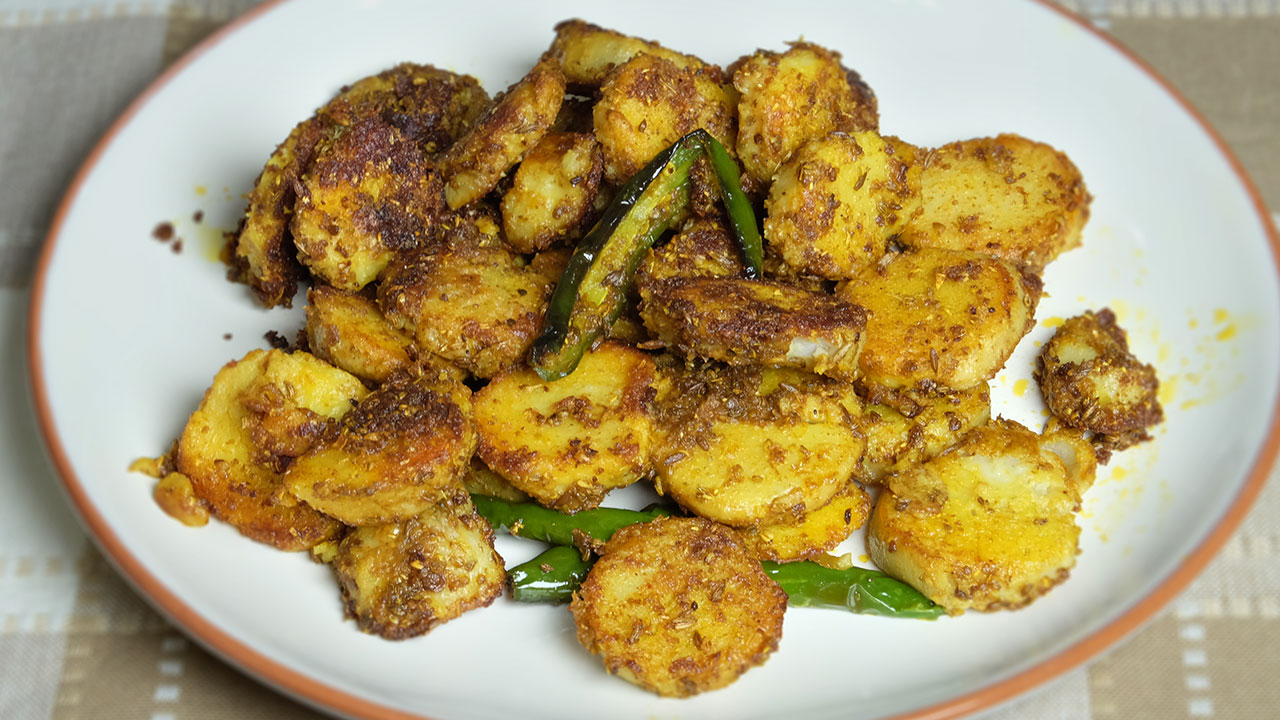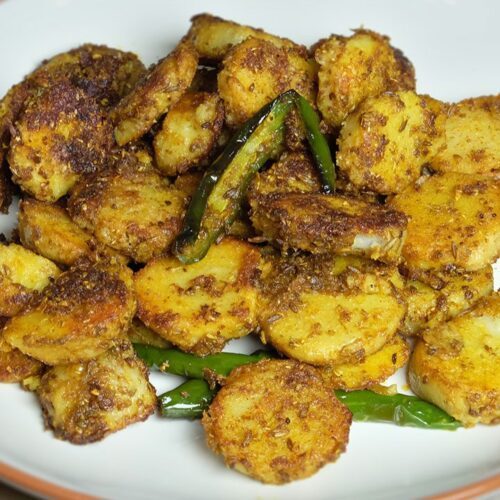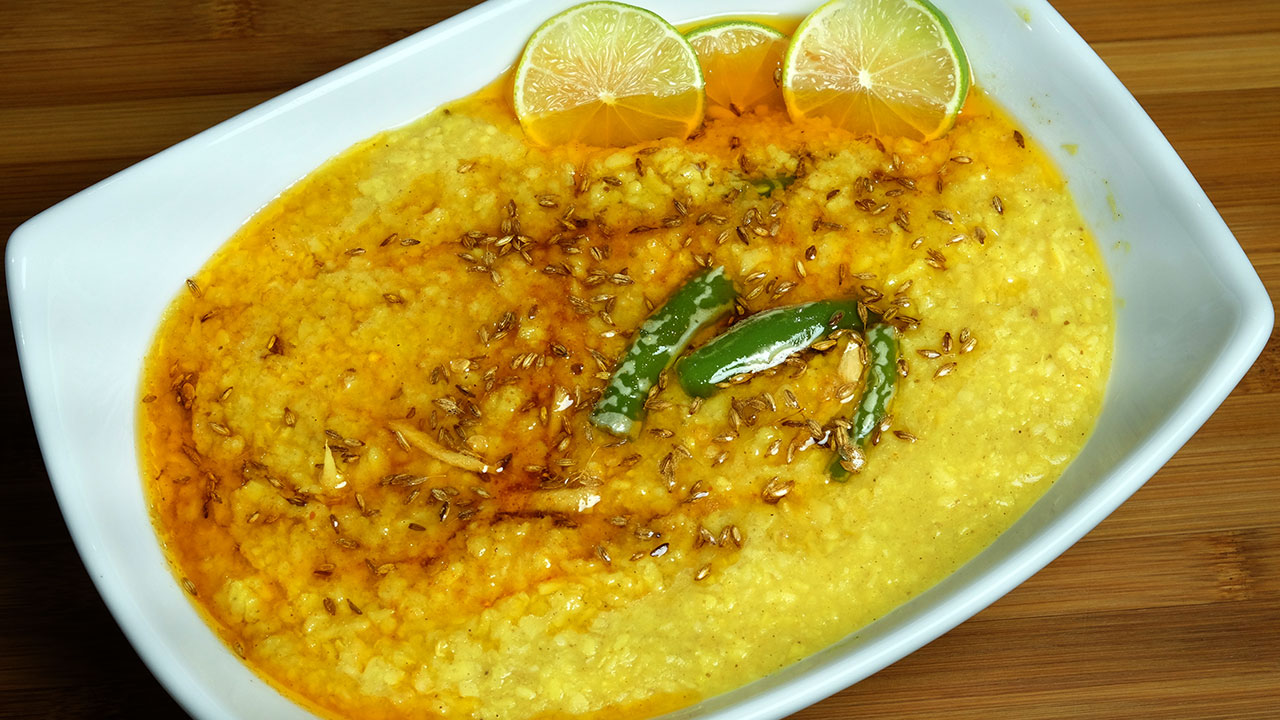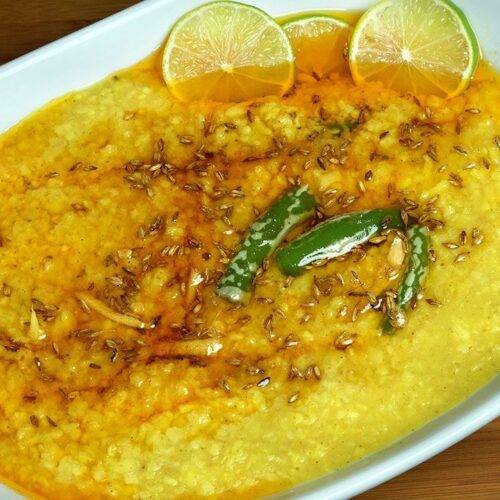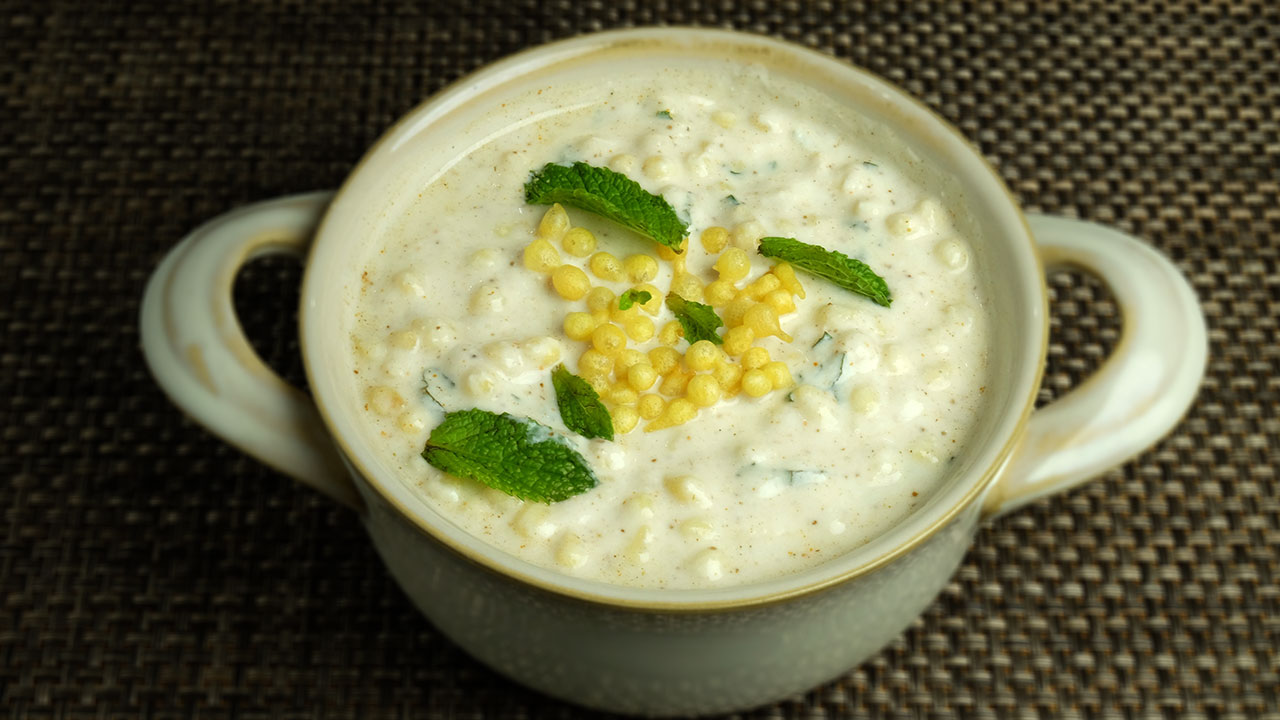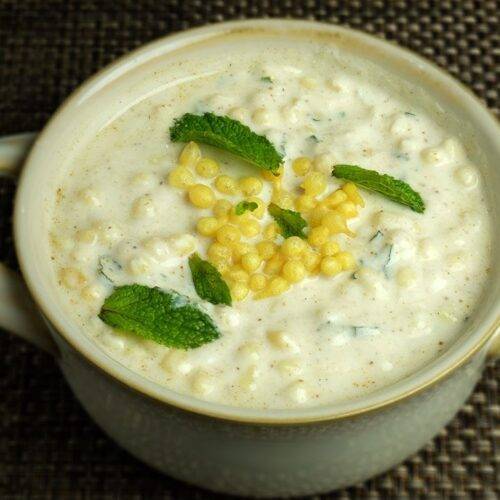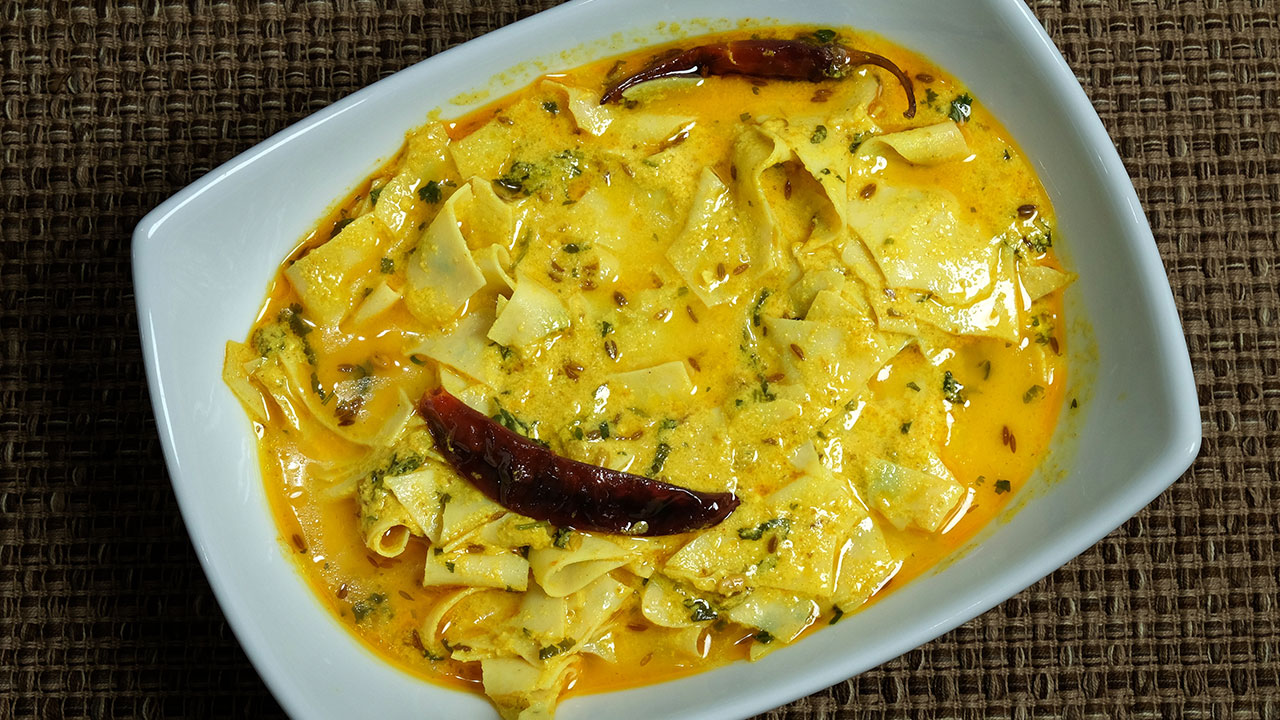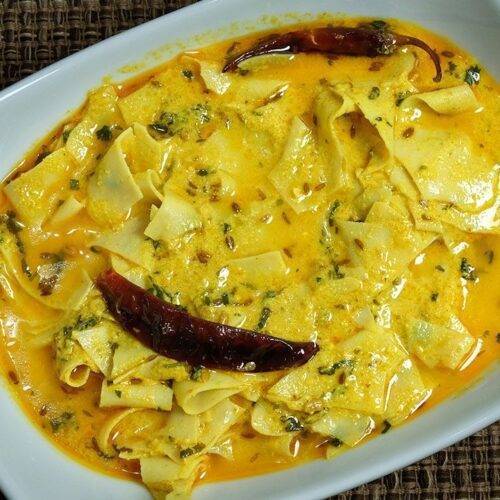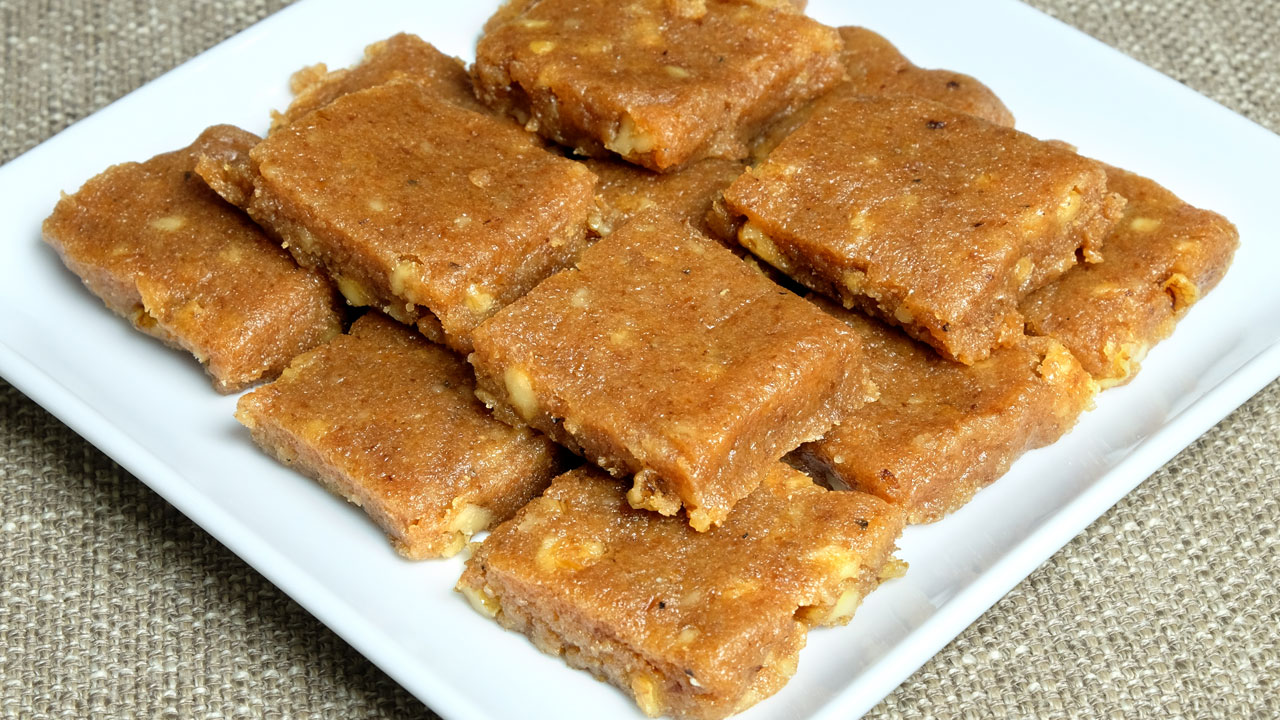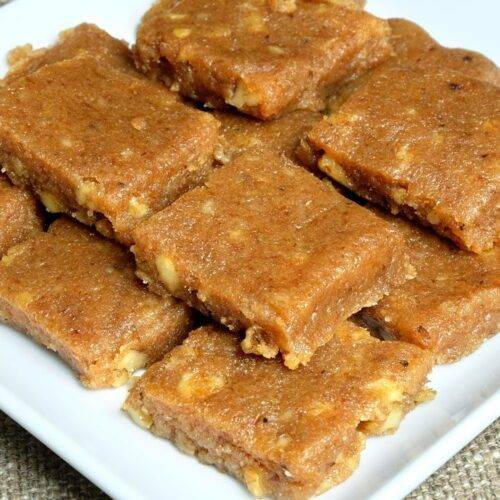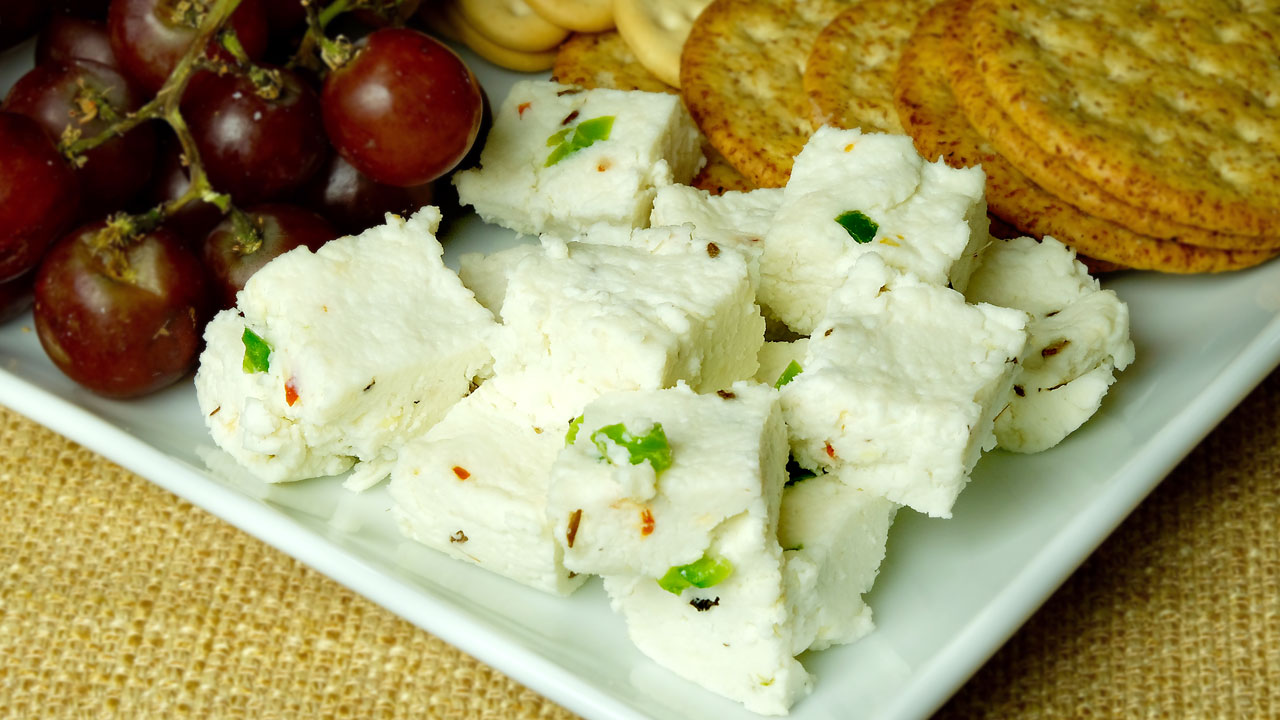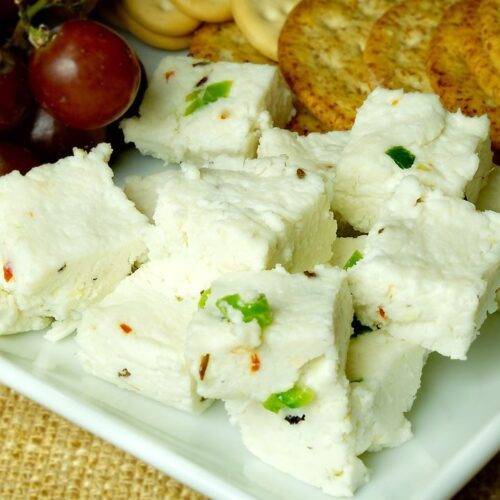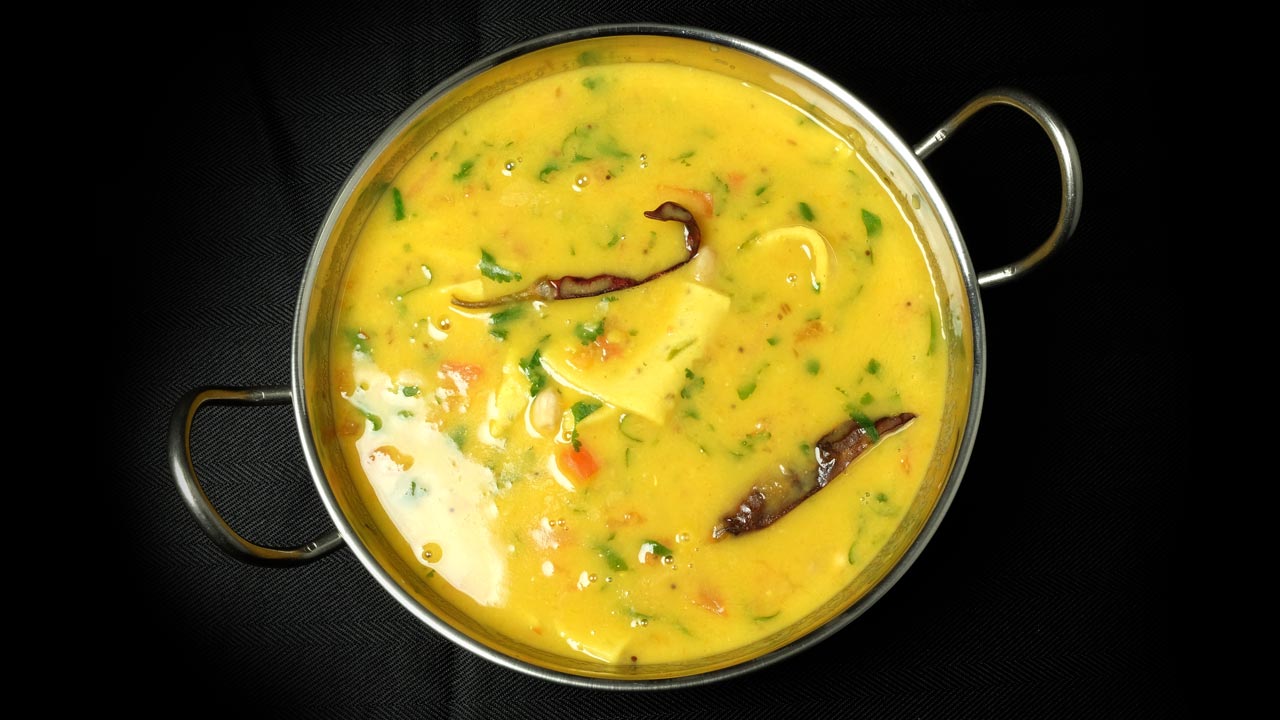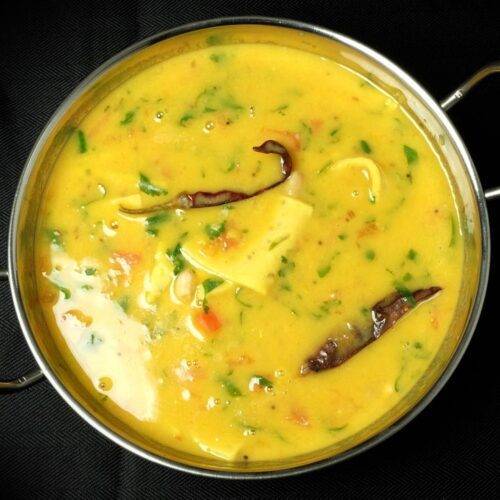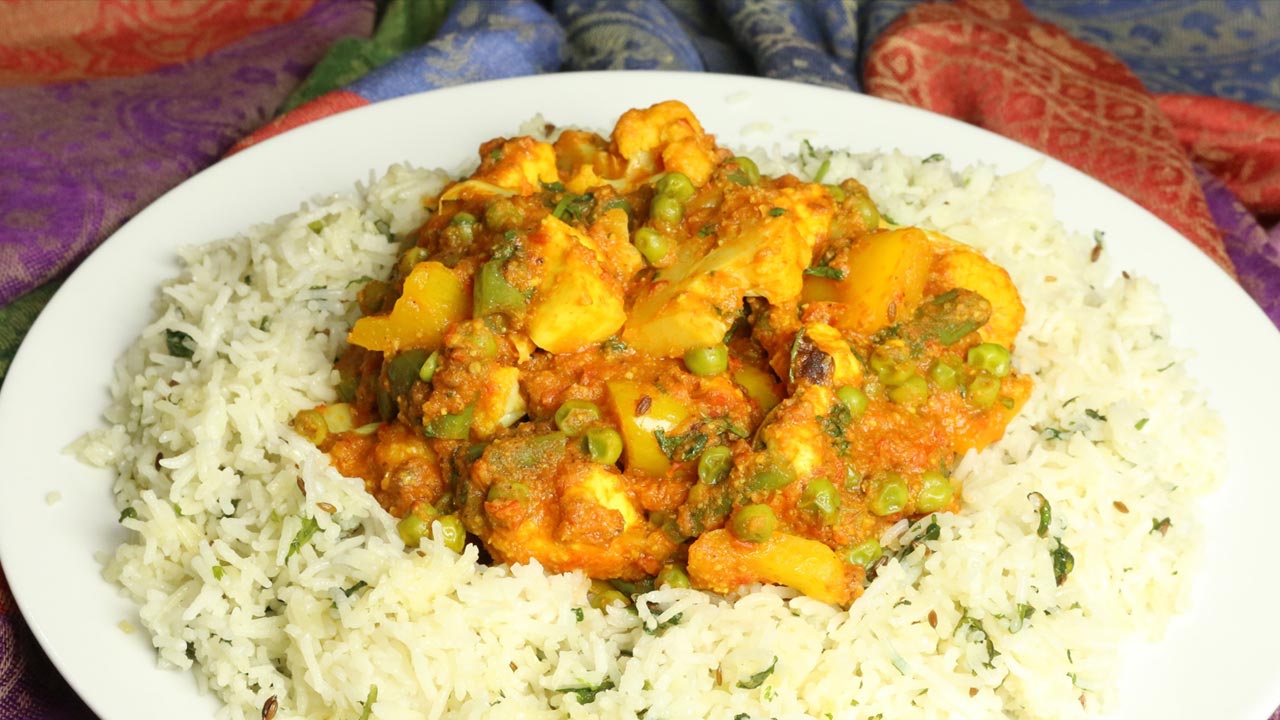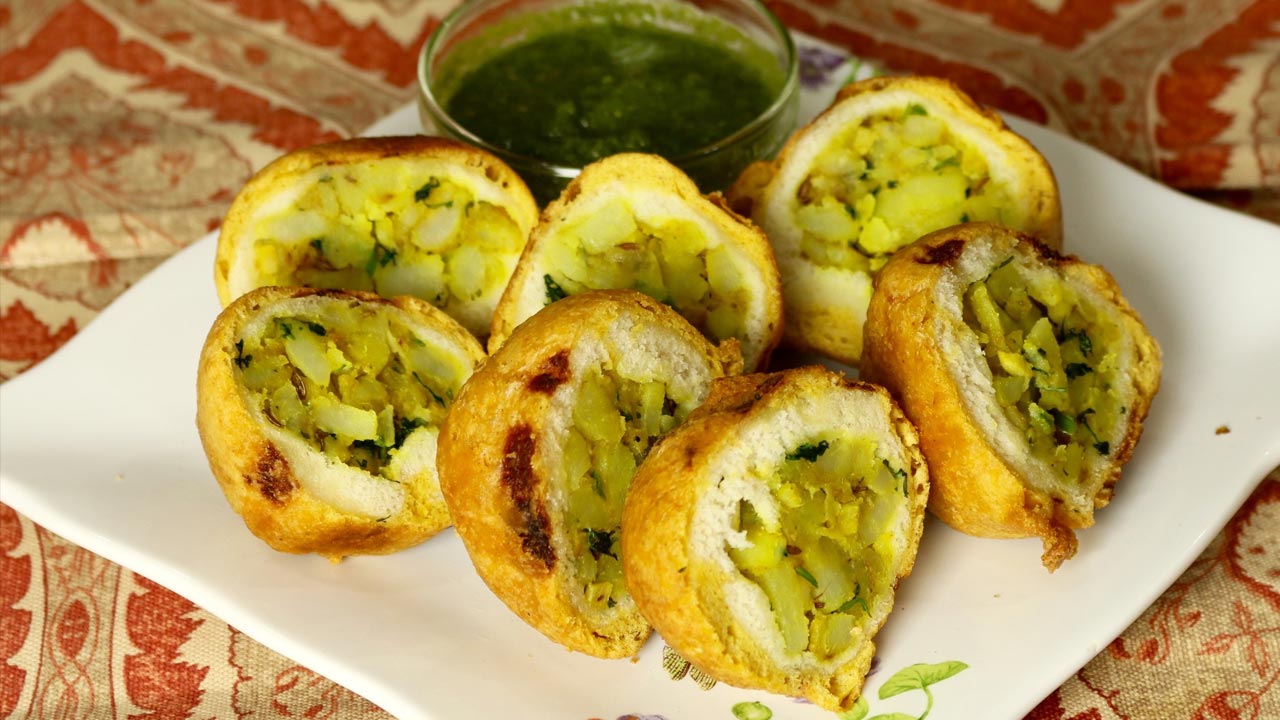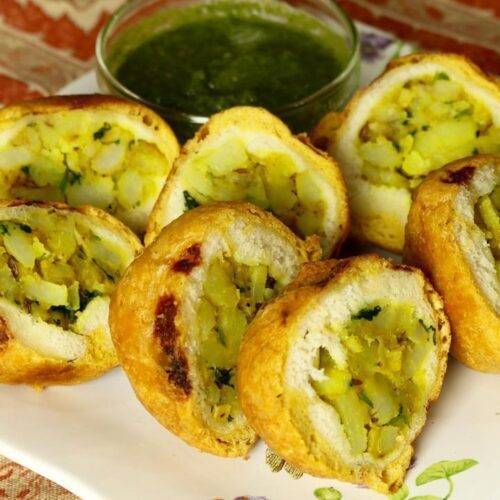Aam Ka Panna (Raw Green Mango Drink)
Ingredients
- 2 cup raw cooking mango peeled and cubed,
- 3/4 cup sugar adjust as needed
- 1/2 tsp salt
- 1/2 tsp black salt
- 1 tsp dry roasted cumin seed powder
- 1/4 tsp black pepper
- 1/4 cup mint leaves
For Serving
- Few fresh mint leaves for garnishing
- 2 cup crushed ice
Instructions
- Peel the mango, slice it into large pieces and remove the seed.
- Boil the mango slices in about 2 cups of water until the mango slices are well cooked. It should take about 10 minutes.
- After the mango cools off, blend the mango with all the ingredients except use ½ cup of sugar we will add the sugar as needed.
- Add about 2 cups of water, taste the panna and adjust the salt and sugar. Panna should have the consistency of orange juice.
- Serve over ice and use fresh mint leaves as a garnish.
Raw Mango Drink | Aam Panna Recipe
Instructions:
As the summer sun intensifies, the quest to satisfy our thirst for beverages that beats the heat becomes paramount, prompting us to seek refuge from its relentless heat. An array of choices presents itself, from invigorating mojito mocktails and Jal Jeera to the soothing allure of salted lassi. Amidst these options, a particular favorite emerges – the cherished Aam ka Panna or raw mango juice.
Discover a recipe to satisfy your summer cravings with this delightful blend. Enjoying the delicious combination of sweet and tangy raw mangoes in the hot summer days is a beloved tradition for numerous individuals. An excellent method to relish the tropical fruit’s essence is by making a revitalizing green mango juice, commonly referred to as raw mango drink.
Follow this detailed tutorial to assist you in making this invigorating drink that harmoniously combines the sharpness of raw mangoes, the sweetness of sugar, and the crispness of mint leaves.
Step 1: Preparing the Raw Mango
To embark on this gastronomic journey, opt for ripe but still firm raw mangoes. The objective is to peel the mango, cut it into sizable chunks, and gently extract the seed. The mango’s lively green color guarantees a delightful explosion of taste, rendering it perfect for our green mango juice recipe. The mango pieces should be sufficiently substantial to ensure a strong mango essence with each sip.
Step 2: Cooking the Mango Slices
In the subsequent phase, the raw mango’s delightful flavor is obtained by simmering the slices in about 2 cups of water. This step typically lasts for approximately 10 minutes, during which the mango slices undergo a remarkable transformation from their initial firmness to a tender and succulent state. As the water gently simmers and the mango slices gradually soften, the kitchen becomes infused with an enticing fragrance that promises a refreshing experience.
Step 3: Blending the Mango
After the mango slices have reached a suitable temperature, proceed to transfer them into a blender. Combine a thoughtfully selected array of ingredients, reserving half of the sugar for later use – we will incorporate it gradually to attain the ideal harmony of flavors. Through the blending procedure, the mango slices will be converted into a rich puree enriched with the flavors of the additional ingredients, establishing the foundation of our fresh mango juice.
Step 4: Adjusting the Consistency and Flavor
As the mixture reaches its final stage, add approximately 2 cups of water. This step serves a twofold purpose: it helps achieve a texture similar to that of orange juice, ensuring the right consistency for the raw mango juice, while also balancing the flavors to perfection. Now, it is time to embark on a delightful taste-testing adventure. Take a sip of the raw mango juice, evaluate its saltiness and sweetness, and make any necessary adjustments. The objective is to create a harmonious fusion of flavors that captures the essence of summer in every delightful mouthful.
Step 5: Presentation and Garnish
With the green mango juice now attaining its peak deliciousness, it’s time to elevate the experience further. Serve the concoction over ice, transforming it into a chilled elixir that promises to quench the most formidable thirst. Consider garnishing your raw mango drink with fresh mint leaves to add a touch of sophistication and visual appeal. The vibrant greenery enhances the aesthetic and contributes a subtle herbal note, complementing the overall flavor profile.
Crafting the perfect raw mango juice recipe, or raw mango drink, is an artful journey that intertwines the raw vitality of mangoes with the subtle nuances of complementary ingredients. This recipe encapsulates the essence of summer in a glass – a symphony of flavors that dance on the palate, providing a momentary escape to tropical bliss. So, peel, boil, blend, and savor the magic of green mango juice, a testament to the beauty of seasonal indulgence.

